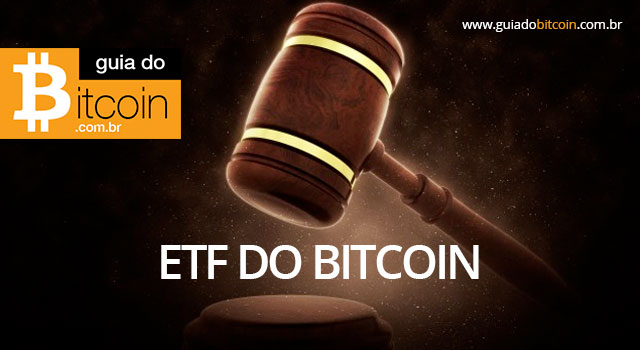A Venezuelan Coin under Dictatorship: Part Two

The proposal for the Petro was exactly in line with Jimenez’s vision: a cryptocurrency which, similarly to Bitcoin, would move unhindered by government entities across an open network. Though Jimenez didn’t invest much hope in the idea actually coming to fruition, Maduro soon announced the new national cryptocurrency. Jimenez was soon in contact with the vice president, Mr. El Aissami, who was widely known as the second-most brutal man in Venezuela. El Aissami was deferential, assuring Jimenez that the project was his own and peppering him with questions, such as whether the Petro could be mined like Bitcoin.
Jimenez’s employees were skeptical, with one quitting on the spot, but Jimenez saw himself as indispensable to the birth of the Petro. Jimenez elected to model his creation upon Ethereum, Bitcoin’s main contender, with plans for the Petro to trade in a publically visible market unlike anything otherwise permitted within Venezuela. He was soon taken to meet Maduro himself, to whom Jimenez presented the plan of an initial issuance of $200 million. To this, the finance minister lobbed a protest, requesting that the Petro be backed by oil reserves worth billions. This caveat would hinder the Petro’s future free trade, and in essence, it would act as a bond that always reflected the oil price, which sanctions had made illegal for purchase by Americans.
With opposition members calling for a coup and hyperinflation gobbling up 90 percent of the value of the bolivar, Maduro continued to publically tout the Petro as a magic pill. Though he employed some lingo that he had gathered from his meeting with Jimenez, Maduro announced that the Petro would indeed be irrevocably tied to the oil reserves, beyond its initial offering. By mid-January 2018, economic advisers at the ministry of finance pushed for the Petro to have a stable, government-controlled value, tied to the price of the oil reserves, against which Jimenez pushed for oil to set a minimum price from which the open market would drive the Petro’s value.
With any pushback from Jimenez, whose project grew starkly different from his early vision day by day, he began to receive overtures of threats from the likes of the vice president. Somehow a murky Russian group with little cryptocurrency knowledge got involved in the effort, which resulted in Jimenez coding through the night under the eye of an armed guard as the launch date of February 20, 2018 loomed ahead. Subsequently, he was summoned by Maduro to the presidential palace, where he hesitantly stated that a version of the Petro was ready to go. On live television, Jimenez was forced to sign a contract, which he had resisted throughout, relegating him to the role of sales agent for the Petro with the Russians taking the wheel. Immediately, Maduro announced that he had already gathered $725 million from investors in the Petro.
By March 19th, 2018, US President Trump signed an executive order banning American use of the Petro, nipping the new currency in the bud. Following a news report documenting his involvement, Jimenez’s former employer, the congresswoman Ileana Ros-Lehtinen, asked the Treasury Depertment whether Jimenez himself qualified for sanctions.
The post A Venezuelan Coin under Dictatorship: Part Two appeared first on COINMARKET.



